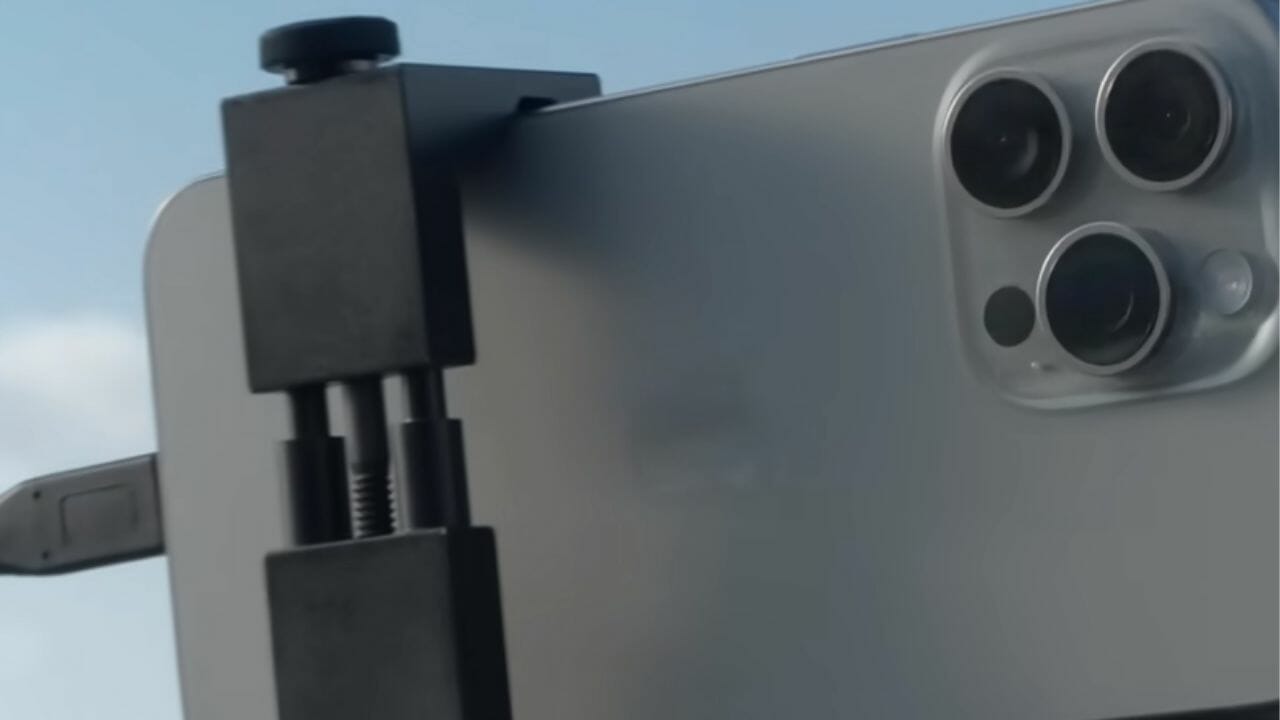During Apple’s September 12 event, they revealed some really impressive features for the new iPhone 15 series, with a special focus on the camera capabilities. On all new iPhones, there are several cutting-edge computational photography features that let you adjust the focus of a photo after you’ve taken it.
This means you can transform a regular photo into a portrait-style shot without needing to select “portrait mode” or specify focus settings before clicking the shutter. Basically, it gives you the flexibility to change the focus point even after you’ve captured the image.
However, the iPhone 15 Pro Max takes things to the next level with its remarkable 5x zoom, making it the most substantial zoom ever seen on an iPhone. This is achieved using a lens with a focal length of 120 mm. Now, you may be scratching your head a little at this point. After all, the iPhone 15 Pro Max is a remarkably thin device, measuring just 8.25mm deep. Unlike dedicated cameras, it does not have protruding telescopic lenses. So how does Apple manage to achieve this impressive zoom capability?
The magic behind this innovation lies in Apple’s advanced engineering and design. Instead of relying on bulky external lenses, the iPhone 15 Pro Max incorporates sophisticated internal components and software algorithms. These elements work together seamlessly to provide users with 5x zoom functionality without compromising the device’s sleek and compact form.
At its core, Apple continues to push the boundaries of what’s possible in smartphone photography, making it easier than ever for users to capture stunning and creative photos with their iPhones. The iPhone 15 Pro Max’s 5x zoom is a testament to its commitment to delivering top-notch camera technology in a pocketable package.
Periscope lenses with tetraprism
The iPhone 15 Pro Max camera setup features a unique feature called tetraprism design, which is essentially a clever arrangement of mirrors that light bounces off. This design allows light to travel a longer path, specifically four times longer, within the limitations of the iPhone’s compact footprint.
Apple’s promotional materials highlight its innovative 3D sensor-shifting optical image stabilization and autofocus module, which can move in all three directions to support the tetraprism design. According to Apple, this system represents its most advanced stabilization technology to date, allowing for twice as many micro-adjustments as previous iterations. In fact, they specify that it can make “up to” an impressive 10,000 micro-adjustments per second.
It’s worth noting that while this technology may be new to iPhones, it’s unprecedented in the world of smartphones. For example, Samsung’s Galaxy S23 Ultra features a “folded periscope” zoom lens, offering a substantial 10x optical zoom with a 230mm focal length. However, it is essential to remember that the Galaxy S23 Ultra is a little bulkier compared to the iPhone 15 Pro Max.
So, if you’re a photography enthusiast looking for a high-end smartphone with significant optical zoom capability, it’s essential not to let brand loyalty overshadow your decision-making process. Both Apple and Samsung are pushing the boundaries of what’s possible in smartphone photography, and ultimately the choice comes down to your personal preferences and priorities.
Categories: Technology
Source: vtt.edu.vn
